One day last summer, Frances and I went on a trip in a motor boat up the River Wye, from Chepstow to Tintern and back again. The event was designed of course to give some of the flavour of the Picturesque Trips taken by the oh-so-romantic followers of the Rev. Gilpin and painters such as Turner, Palmer, Cox and Varley.
It was great fun and interesting from many points of view. I did of course take my camera and had dreamed of stunning shots of cloud and lightning effects after John Martin and tangled masses of vegetation that I would immediately recognize as the precursors of the neo-romantic. Sadly it did not work quite like that. The weather was totally bland and I had even forgotten to bring the polarizing filter that I use so much. Restriction to the deck of a small boat forces on a photographer the role of the ‘click at anything that passes’ passive tourist. In search of a photograph, I will always seek to get under the subject . . . or behind it or see it through something else. This is not possible in the middle of a river. Frankly I had hoped, nay expected, to carry home a load of stunningly ‘artistic’ studies with which I could amaze the favoured followers of this site . . . but this was not to be.
I have revisited the file and find that the shots of the ‘sights’ please me no more than they did . . . but I give a number here, mostly as an introduction to what follows.
So, starting at the grandeur of Chepstow Castle (above), we progress . . .
. . . we progress until we sight Tintern Abbey
Now we come to the real point of this post. I have always been fascinated by the concept of the Claude Glass, so beloved by the artists and the just arty among the travellers up the Wye. Hard to describe, so I call upon the good offices of Wikipedia . . .
A Claude glass (or Black Mirror) is a small mirror, slightly convex in shape, with its surface tinted a dark colour. Bound up like a pocket-book or in a carrying case, black mirrors were used by artists, travellers and connoisseurs of landscape and landscape painting. Black Mirrors have the effect of abstracting the subject reflected in it from its surroundings, reducing and simplifying the colour and tonal range of scenes and scenery to give them a painterly quality.
Just before we were leaving home for this adventure I suddenly had the perhaps crazy idea of experimenting with a photographic equivalent. I grabbed my trusty small diminishing glass (invaluable in the business of designing book pages) and hoped I could back it with the black scarf I was already wearing.
I have read that the Claude glass users were ridiculed for turning their backs on the subjects the purported to admire so much as they stared into their glasses and I feared that I must look very strange holding my camera in one hand and taking a photograph OF the other!
Anyway, here are some of the results which, after the passage of time, I find more interesting as the ‘straight’ photographs seem more pedestrian. I leave them to have whatever effect on you they do.


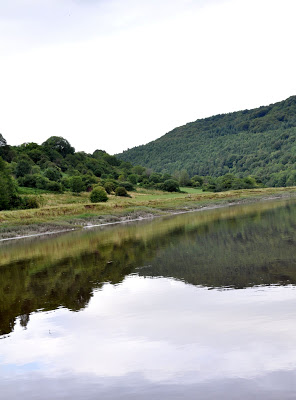
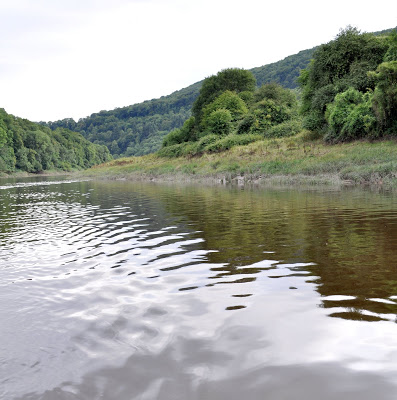
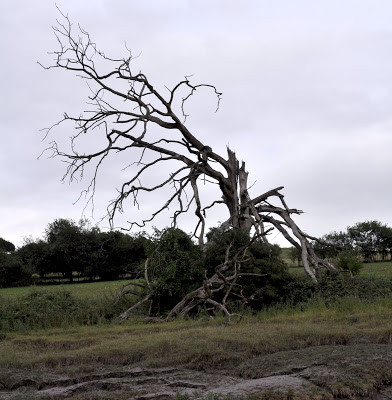

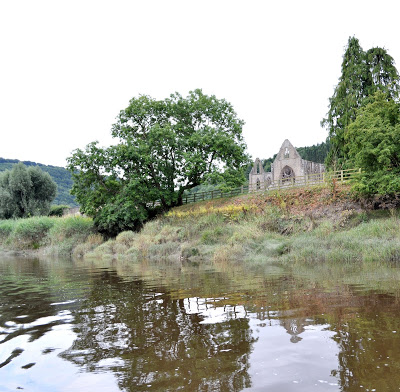
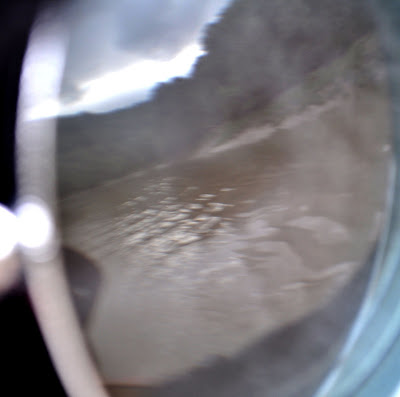
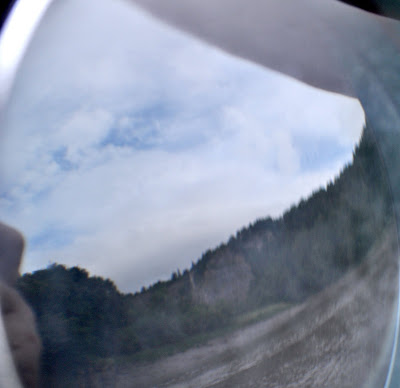
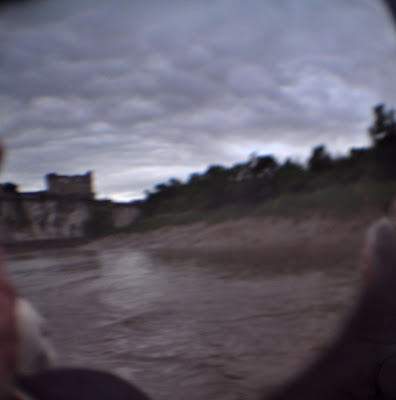
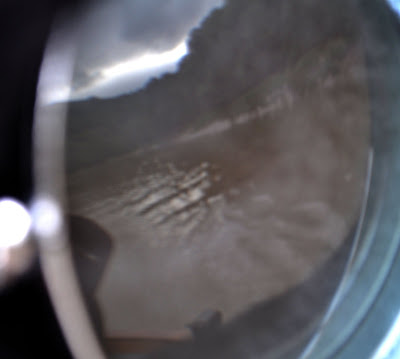

Fascinating, especially the third one down of the black glass photos. Looks like a Turner? But I also like the stright shots, they do have a romantic 18th-19th century feel about them.